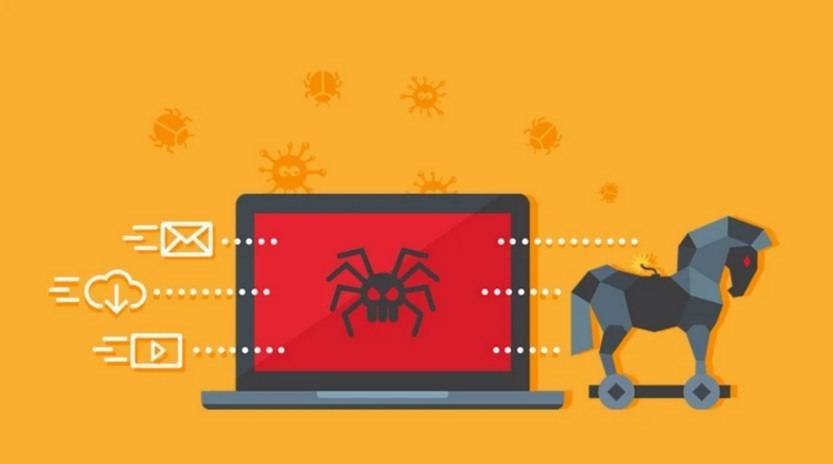If you have received an email claiming that you have been randomly selected to receive a grant worth thousands of dollars from a global philanthropic fund donation, you might be tempted to believe that it is a genuine offer from some generous benefactors. However, you should be aware that this is a scam email that is designed to trick you into giving away your personal and financial information to fraudsters.

What Is The Elon Musk Donation Scam Email?
The Elon Musk donation scam email is a phishing email that pretends to be from a group of wealthy individuals and organizations, including Elon Musk, the founder of SpaceX and Tesla, Hasso Plattner, a co-founder of SAP SE software company, Robert Bosch Stiftung foundation, and Stichting INGKA Foundation. The email claims that your email address was randomly selected from a global email database, and that you are eligible to receive a grant of $624,270.00 from the global philanthropic fund donation.
The email asks you to contact the claims department via an email address that is not affiliated with any of the mentioned entities. The email also contains grammatical and spelling errors, which are signs of a scam email.
Here is how the Elon Musk Donation Scam Email looks:
This is the global Elon Musk Donation and team SpaceX’s founder, CEO and chief engineer USA; early-stage investor, CEO and product architect of Tesla, Inc. USA; Hasso Plattner A co-founder of SAP SE software company Germany: Robert Bosch Stiftung foundation Germany; and the Stichting INGKA Foundation Netherland. All With an estimated net worth of around $315 billion. Your email was randomly selected from the Global email database, and you will receive a grant donation of $624,270.00.
From this Global Philanthropic Fund Donation.
Kindly take this email very seriously. Contact the Claims Department via this email: info_dept@nycmail.com
How Does The Elon Musk Donation Scam Email Works?
If you reply to the email, you will be asked to provide your personal and financial information, such as your name, address, phone number, bank account details, etc. The scammers will claim that they need this information to verify your identity and process your grant. They may also ask you to pay some fees or taxes in advance to receive your grant.
However, if you provide your information or send any money to the scammers, you will not receive any grant. Instead, you will lose your money and expose yourself to identity theft and fraud. The scammers will use your information to access your bank account, make unauthorized transactions, or open new accounts in your name. They may also sell your information to other scammers or hackers who will use it for malicious purposes.
What To Do If You Have Fallen Victim To The Elon Musk Donation Scam Email?
If you have fallen victim to the Elon Musk donation scam email, you should take the following steps:
- Contact your bank and other financial institutions immediately and inform them of the situation. They may be able to stop or reverse any fraudulent transactions or close any compromised accounts.
- Change your passwords and security questions for your online accounts and enable two-factor authentication if possible. This will prevent the scammers from accessing your accounts or resetting your passwords.
- Report the scam email to the Federal Trade Commission (FTC) at https://reportfraud.ftc.gov/. You can also forward the scam email to spam@uce.gov.
- Report the scam email to the Anti-Phishing Working Group (APWG) at reportphishing@apwg.org. This will help them track and stop phishing attacks.
- Check your credit reports regularly and look for any suspicious activity or inquiries. You can get a free credit report every 12 months from each of the three major credit bureaus at https://www.annualcreditreport.com/. If you find any errors or fraud, dispute them with the credit bureaus and place a fraud alert or a credit freeze on your credit files.
Conclusion
The Elon Musk donation scam email is a phishing scam that tries to lure you into giving away your personal and financial information or sending money to fraudsters. You should never respond to such emails or click on any links or attachments in them. You should always verify the source and legitimacy of any email that offers you money or asks for your information. Remember, if something sounds too good to be true, it probably is.










